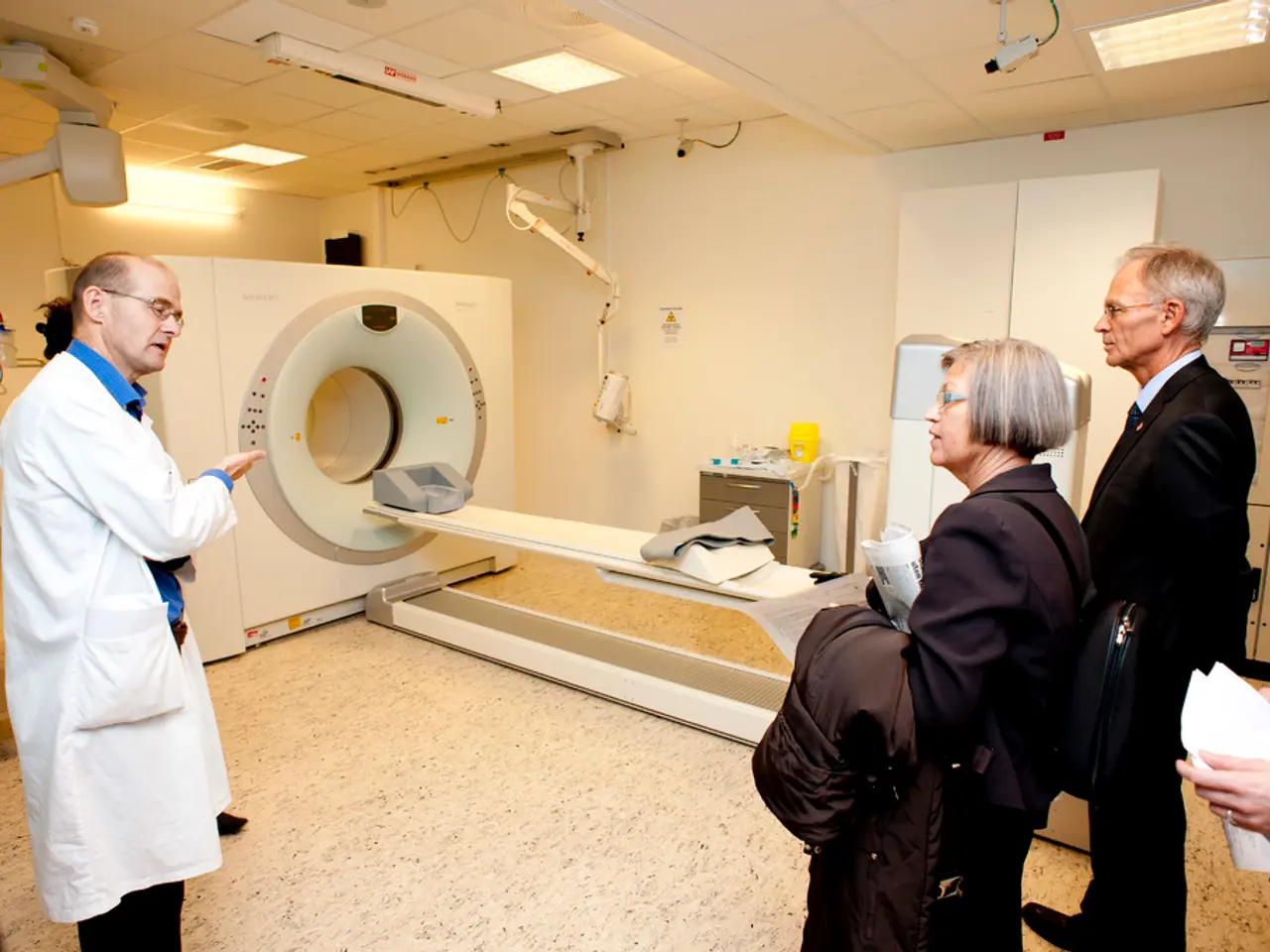Cancer Treatment Under Medicare: Coverage Details
In the face of a cancer diagnosis, understanding the financial implications of treatment can be just as important as understanding the medical aspects. A recent report has shed light on the costs associated with cancer treatment under Medicare, and this article aims to break down the key findings for a general audience.
To start, it's essential to understand that out-of-pocket costs for cancer treatments under Medicare vary between inpatient and outpatient settings primarily due to the coverage provided by different parts of Medicare and their cost-sharing structures.
### Coverage by Medicare Part
Inpatient cancer treatments, such as radiation therapy received as a hospital inpatient, are covered under Medicare Part A. Outpatient treatments, such as chemotherapy and radiation therapy provided in outpatient clinics, fall under Medicare Part B. Medicare Part D may cover oral chemotherapy drugs and prescription drugs related to cancer care.
### Cost Comparisons: Inpatient (Part A) vs. Outpatient (Part B)
Under Medicare Part A (Inpatient), patients generally involve an inpatient hospital deductible. In 2025, Medicare Part A covers inpatient radiation therapy. Patients pay deductibles and coinsurance when hospitalized.
On the other hand, for outpatient radiation therapy and chemotherapy administered outside the hospital, Medicare Part B covers 80% of allowable charges after the beneficiary pays the annual Part B deductible. The patient generally pays 20% coinsurance. Out-of-pocket expenses under Original Medicare for outpatient cancer treatments are typically structured as a 20% coinsurance after meeting the Part B deductible.
### Out-of-Pocket Cost Caps and Estimates
Under Original Medicare, there is no annual out-of-pocket maximum limit, so the cost burden can keep accumulating based on the number of services. However, under Medicare Advantage (Part C) plans, there is a maximum out-of-pocket (MOOP) limit: For 2025, this is $9,350 for in-network services and up to $14,000 if out-of-network services are used. Medicare Advantage plans often have copayments for services, and premiums on top of Part B premiums, but contain annual out-of-pocket maximums.
For Part D, which covers many oral chemotherapy drugs and other cancer-related medications, the annual out-of-pocket cost caps at $2,000 as of 2025.
### Summary
| Setting | Medicare Part | Coverage Type | Cost Structure | Out-of-Pocket Caps | |-------------------|--------------------|---------------------------------|----------------------------------------------|----------------------------------| | **Inpatient** | Part A | Hospital inpatient cancer treatments including radiation therapy | Deductible + coinsurance for inpatient stay | No annual cap under Original Medicare | | **Outpatient** | Part B | Clinic-based chemotherapy/radiation | Deductible + 20% coinsurance | No annual cap under Original Medicare | | **Cancer Drugs** | Part D | Oral chemotherapy and supportive meds | Tiered copays based on drug formularies | $2,000 cap on out-of-pocket expenses (2025) | | **Medicare Advantage (Parts A & B)** | Part C | Both inpatient and outpatient treatments | Monthly premiums + copays, deductibles | $9,350 (in-network) to $14,000 MOOP limits |
Thus, out-of-pocket costs for cancer treatments tend to be higher in outpatient settings under Original Medicare because of 20% coinsurance, with no annual cap, while inpatient costs are subject to Part A deductibles and coinsurance but also lack a cap. Medicare Advantage plans provide an out-of-pocket maximum, limiting the patient's spending regardless of inpatient or outpatient settings.
This explains why, although outpatient care might seem less intensive, the 20% coinsurance combined with lack of cap can lead to significant expenses, while inpatient stays may involve a sizeable deductible but potentially fewer separate coinsurance payments. The availability of Medicare Advantage plans with out-of-pocket limits offers an option to cap these costs.
For someone with a stage 4 lung cancer diagnosis, out-of-pocket costs reached $35,243 over 3 years. It is essential to research and understand one's coverage to make informed decisions about cancer treatment options and manage financial expectations. For more information about Medicare and cancer treatment, visit the Medicare hub.
[1] https://www.medicare.gov/coverage/cancer-treatment.html [2] https://www.cancer.org/treatment/understanding-your-diagnosis/financial-assistance/health-care-coverage-and-insurance/medicare.html [3] https://www.cancer.net/navigating-cancer-care/financial-considerations/health-insurance-and-cancer-treatment/medicare-and-cancer-treatment
- Understanding the medical aspects of cancer is crucial, but comprehending the financial implications of treatments under Medicare, such as chemotherapy and radiation therapy, is equally important for patients.
- Medicare Part A covers inpatient cancer treatments like radiation therapy, while outpatient treatments like chemotherapy fall under Medicare Part B. Medicare Part D may cover oral chemotherapy drugs and prescription drugs related to cancer care.
- Patients under Original Medicare are at risk of significant out-of-pocket expenses due to the 20% coinsurance for outpatient treatments like radiation therapy and chemotherapy, as there is no annual cap under Original Medicare.
- Medicare Advantage plans can offer relief from these out-of-pocket costs as they have annual out-of-pocket maximums, limiting the patient's spending regardless of inpatient or outpatient settings. For someone with a stage 4 lung cancer diagnosis, out-of-pocket costs reached $35,243 over 3 years.




